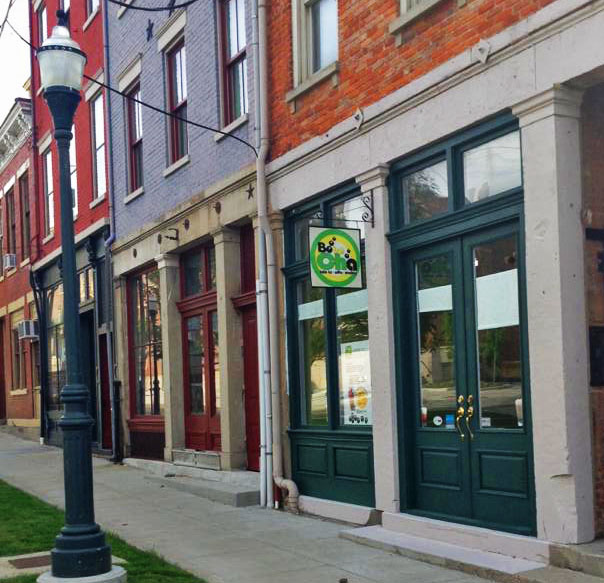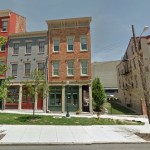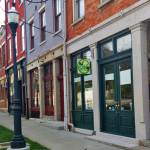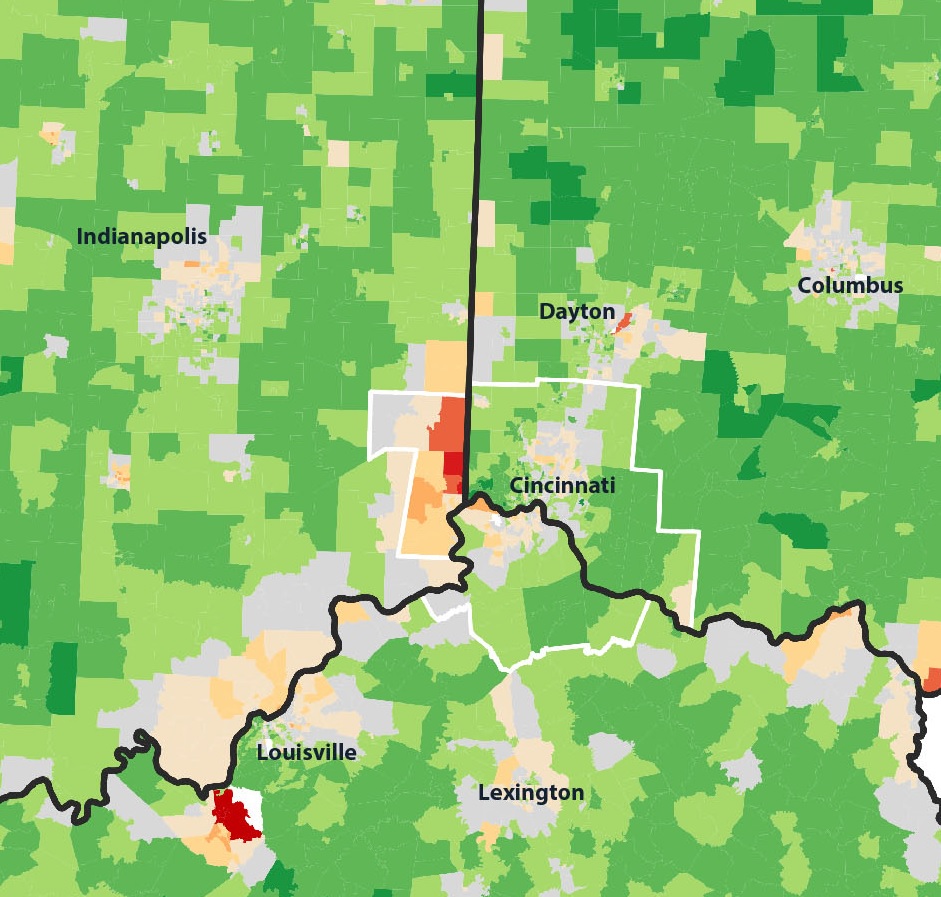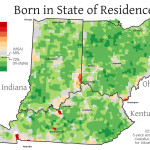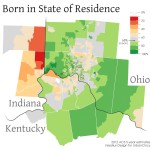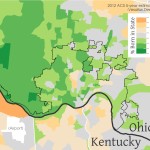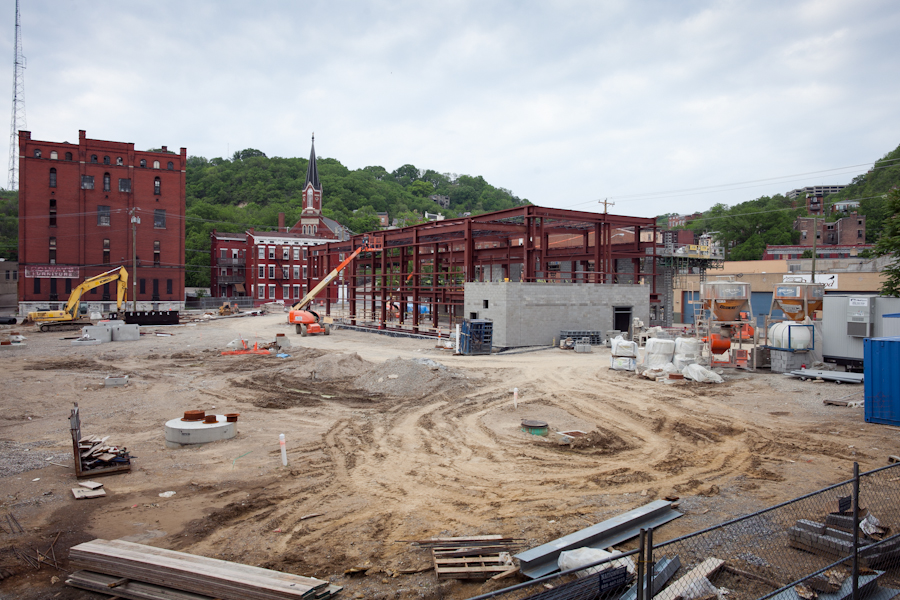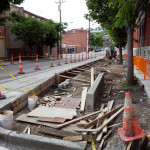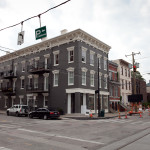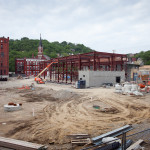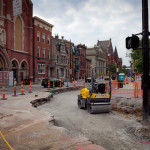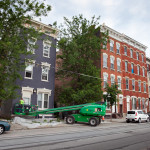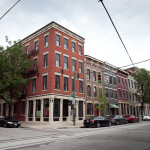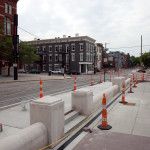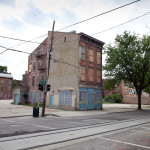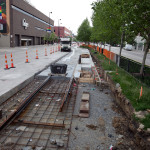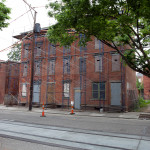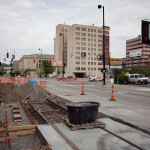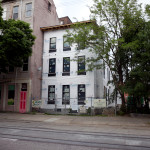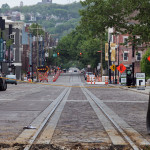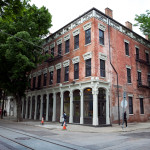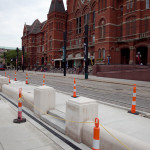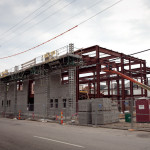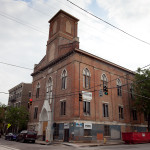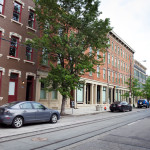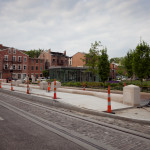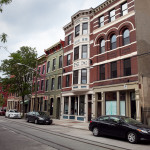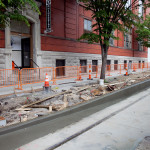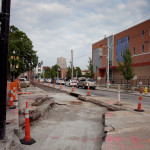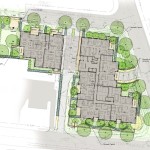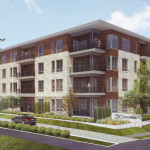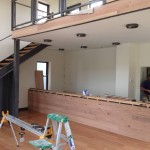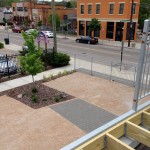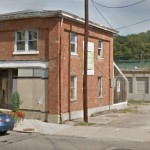After opening earlier this month, BoBa Cha has been attracting a healthy crowd for its bubble tea offerings at 1606 Main Street.
The small Over-the-Rhine bubble tea shop is owned by Ingrid Huang and Andrew Lui. The couple previously owned Tea N’ Bowl in Clifton Heights, and said they wanted to open a shop closer to where their customers were coming from.
Huang and Lui moved to Cincinnati from California to raise their family and open Tea N’ Bowl in April 2007. The restaurant offered both the bubble tea in which they now focus, but also healthy Asian food selections. They won a Best of Cincinnati award in 2012, but after seven years their bubble tea had become so popular that they thought it was time to consider a new concept.
In Chinese, cha (茶) means tea and boba (粉圆) is a slang term that stands for the tapioca pearls typically found in bubble tea, which was popularized in Taiwan in the 1980s.
With their family and cultural roots in mind, Huang and Lui said they were looking for a new location with a steady stream of customers that would also serve as a place that would bring the community together; where friends and families can meet with no worries.
“We decided to move to OTR to make our place more accessible and now focus, 100%, on making the bubble tea better and healthier, and using fresher ingredients than before,” Huang explained.
The new shop does not serve any food, but the owners have set up an arrangement with Maki to deliver sushi to the location should customers chose to order it. In addition to the fresh ingredients, the primary focuses of BoBa Cha is on the overall health benefits of the tea they serve.
“The common thing [among flavors of tea] is antioxidants that help to clean the body and help metabolism,” said Huang. As a result, they are also offering more tea bases like Oolong, Jasmine, Green Tea, Black Tea, Golden Tea, Thai Tea, as well as organic herbs like Lotus, Ginseng, Dandelion Root, Peppermint and others.
In addition to their new Over-the-Rhine shop, BoBa Cha has a drink cart that can be found on Fountain Square every Tuesday and in Washington Park each Wednesday. Huang also says that they hope to bring the cart to Findlay Market on Saturdays and Sundays in the near future.
The owners say that BoBa Cha will close down during the cold winter months, but that they are working on arrangements with area Asian restaurants to sell their tea while they are closed for the season. In the meantime, however, the couple says they are excited to be in Over-the-Rhine.
“Right after opening we felt the welcome and support of our neighborhood,” Huang explained. “It made us feel like we were a big part of the community and so far.”
Located inside a 154-year-old building that was renovated in 2008, BoBa Cha is open Monday through Friday from 10am to 8pm, and on Saturday and Sunday from 11am to 8pm.
